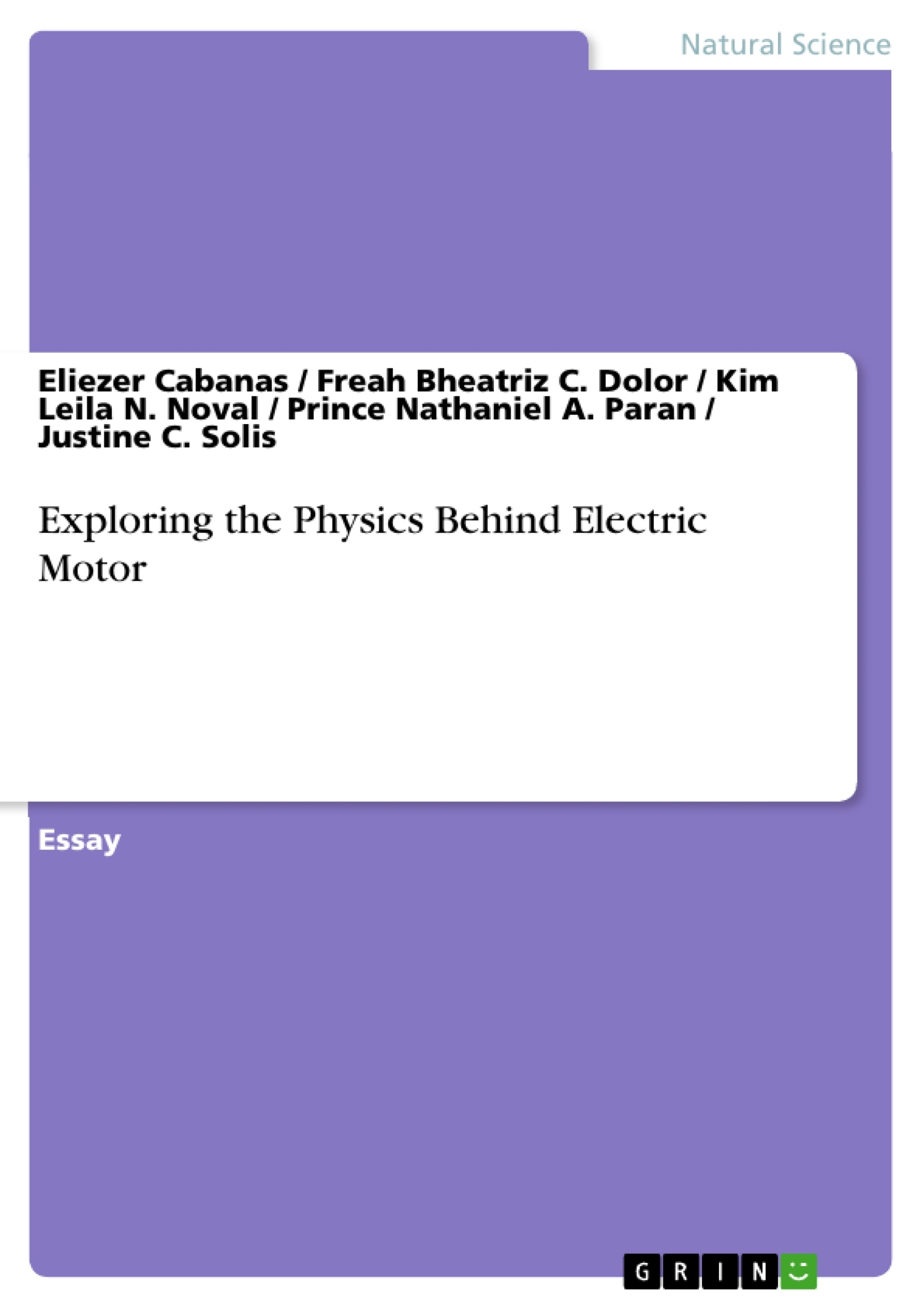“Physics is so abstract that structure brings it all together” Faraday’s law is particularly challenging for pupils, according to (Chabay & Sherwood, 2006) additionally, the integral form involves the concept of flux, which is typically presented at the beginning of the course in relation to Gauss’s law and isn’t brought up again until Faraday's law is discussed. The Philippines has a low score in Science and Mathematics (the 70s), according to Paris (2019). Because of how complex physics is and the phrases and formulae that are utilized, most students believe that it is the most difficult subject to study because of this, their grades may suffer. Michael Faraday's developed simple electromagnetic generators were discovered in the years 1831-1832, which is taught to students in higher secondary schools. Faraday's law states that given a closed circuit, the induced electromotive force is equal to the rate of change of the magnetic flux encircling the circuits. The outcome of this research is designed to simplify the idea that students, when exploring the physics behind the dynamo, will have a clearer understanding of the science behind the dynamo and how it works. Through this research, it may also inspire learners to be aware of electromagnetic induction. This benefits both students and teachers since it improves their educational experiences. In general, it is important to comprehend the characteristics and effects of electromagnetic induction. The study was evaluated in character because it depended on evaluation criteria and effectiveness standards, as well as the resources at hand and the necessary level of accuracy.
Inhaltsverzeichnis (Table of Contents)
- Introduction
- Methodology
- Research Design
- Materials
- Procedure
- Research Instrument
- Statistical Treatment of Data
- Results and Discussion
- Conclusion
- Recommendations
Zielsetzung und Themenschwerpunkte (Objectives and Key Themes)
This research aims to create a learning material that simplifies the concept of electromagnetic induction for students, specifically focusing on Faraday's Law. The study aims to help students visualize the physics behind a dynamo and its operation. It aims to improve the teaching and learning experience for both students and teachers.
- Electromagnetic induction and Faraday's Law
- The challenges of teaching and learning physics, particularly Faraday's Law
- The development and effectiveness of a learning material focused on the dynamo structure
- Improving student comprehension of electromagnetic induction and its applications
- Enhancing educational experiences and promoting creativity and professional skills development
Zusammenfassung der Kapitel (Chapter Summaries)
The introduction discusses the significance of electromagnetic induction in physics education, highlighting the challenges associated with teaching Faraday's Law. It emphasizes the importance of visual aids and practical applications for promoting student understanding.
The methodology section details the research design, materials used, procedures followed, research instruments employed, and the statistical treatment of data. The study utilizes a descriptive-evaluative approach, focusing on the effectiveness of the developed learning material.
The results and discussion chapter presents the findings of the study, analyzing the effectiveness of the dynamo structure as a learning tool for exploring electromagnetic induction.
The conclusion summarizes the key findings of the study, emphasizing the benefits of using a visual model for explaining the concepts of electromagnetic induction and Faraday's Law.
Schlüsselwörter (Keywords)
The primary keywords and focus topics of this study include: Electric Motor, Physics, Learning Model, Electromagnetic Induction, Faraday's Law, Dynamo, Educational Experience, Visualization.
- Arbeit zitieren
- Eliezer Cabanas (Autor:in), Freah Bheatriz C. Dolor (Autor:in), Kim Leila N. Noval (Autor:in), Prince Nathaniel A. Paran (Autor:in), Justine C. Solis (Autor:in), 2023, Exploring the Physics Behind Electric Motor, München, GRIN Verlag, https://www.grin.com/document/1458345



